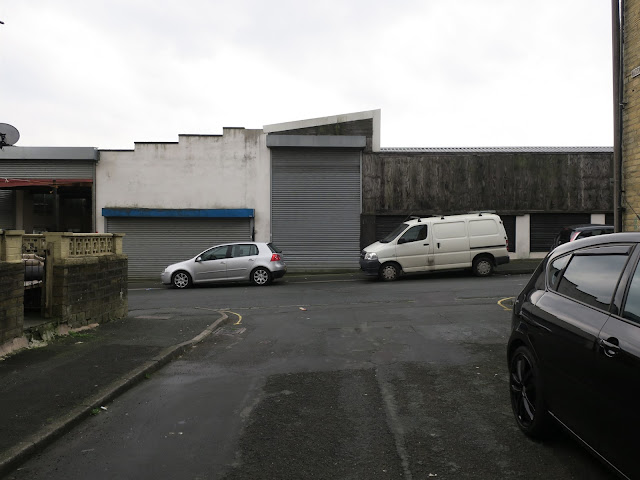You know when the sun went red earlier this week? And the sky went orange? And it was because ex-hurricane Ophelia had brought dust from the Sahara and debris from Iberian wild fires in the swirl of her skirts? It was a very wonderful orange and the atmosphere almost pre-eclipsical and it cast a special and golden glow over what was already a golden autumn.
Naturally just about everyone who owns a camera went out and took pictures.
Yellow leaves looked fantastic but, initially, my camera was keen to over-do the look, to make it seem pretty much as if we were ourselves in the middle of a forest fire or that the end of the world was truly nigh. Indeed, while I was taking a photograph of the sun - with lens pointing straight at it (what a day!) a man walking by stopped to let me know that this strangeness was not caused by humans but it was God's way of telling us the world was about to end. This might be today, tomorrow, five years time, ten years or hundred . . . but end it would . . . and that people who had accepted Jesus into their hearts (hand on chest) would be ok but everyone else would not. He said this in a very cheerful way so perhaps he's hedging his bets on a hundred-year scenario.
I didn't quite subscribe to his end of the world theory but if it were to be the end of the world I was anxious to get my photographs in first. So I think I should be congratulated for patiently and politely waiting for the man to stop warning me of my possibly imminent demise while what I really wanted to do was to capture the red circle which was the sun while it was there.
Previous arrivals of Saharan dust have left gritty deposits of brick red on the roofs and bonnets of cars. And on Monday I assumed the red of the sun and the orange of the light were because sand in the Sahara is red. So I pottered around town thinking about camels and celebrated the light with an ice-cream . . . and fiddled with the settings on my camera . . . and found which colours 'worked' and which were distorted in the eerie atmosphere.
Later, a weather forecaster explained that the reds and oranges were nothing to do with the colours of sand but that debris in the atmosphere was deflecting greens and blues from the rainbow which makes light white. (All science is daft.) But that was later. By then I'd already found I could filter out Ophelia herself and that my camera could turn everything back to 'normal' if it wanted. Or if I wanted. (That's the challenge.) So . . . while photographs of wall plants in this post show what things really looked like on October 16th, the street picture (cars, van, buildings) shows what things look like on ordinary days even though I took it when the light was orange. It's a camera lie.
Clever things cameras. Strange thing light. Funny thing reality.
Tweet
To see the red sun, go to my other blog (Message in a Milk Bottle)
The Day the Sun Turned Red - 4 - The Sun
and the preceding posts
The Day the Sun Turned Red - 3 - Leaves
The Day the Sun Turned Red - 2 - Street Light
The Day the Sun Turned Red - 1 - Portrait
To see the red sun, go to my other blog (Message in a Milk Bottle)
The Day the Sun Turned Red - 4 - The Sun
and the preceding posts
The Day the Sun Turned Red - 3 - Leaves
The Day the Sun Turned Red - 2 - Street Light
The Day the Sun Turned Red - 1 - Portrait







